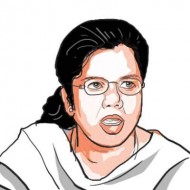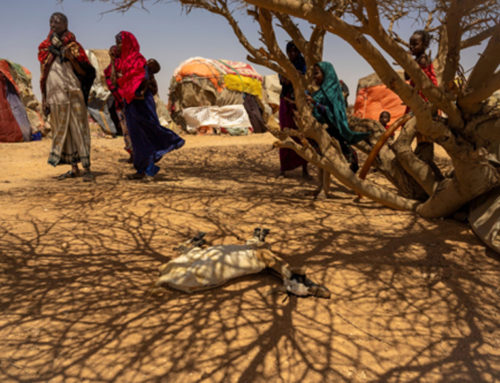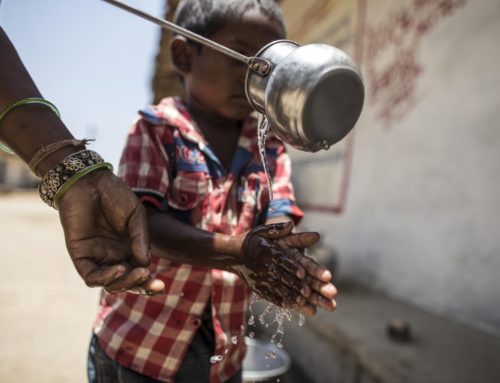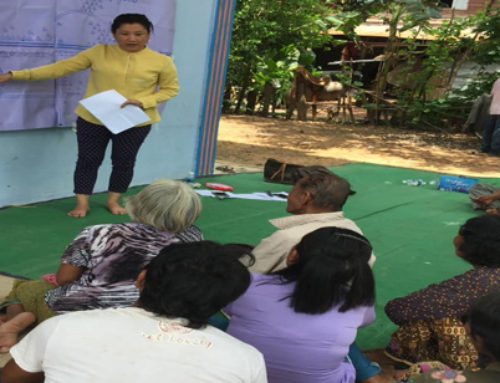Before sunrise every morning, groups of men, women and children can be seen walking through the sand dunes of Bikaner. These heterogeneous groups, known as the nigrani committee, are often spearheaded by little tolis of children and are bound together by a common agenda — to seek and shame those from the village who step out in the early hours of the morning to defecate in the open. This activity is a part of the two-year-old community-led campaign Banko Bikano, which aims to create open defecation free (ODF) gram panchayats in Bikaner district in western Rajasthan. Since the launch of this campaign, spearheaded by the local community and supported by the district administration, over 200 panchayats in the district have been declared as ODF. Exactly a year ago, Prime Minister Narendra Modi launched a new and ambitious flagship programme, the Swachh Bharat Abhiyan, which seeks to make rural India ODF by 2019. On August 15, 2014, the PM brought the issue of open defecation to the fore from the ramparts of the Red Fort. Open defecation is a reality all of us in India have faced. Unicef suggests that India accounts for 90 per cent of the people in South Asia and 59 per cent of the 1.1 billion people in the world who practise open defecation. One in every 10 deaths in India is linked to poor sanitation and hygiene (WHO), and nearly 44 million children under five years of age are stunted (World Bank). This practice is the main reason India reports the highest number of diarrhoeal deaths among children under five in the world. Children weakened by frequent diarrhoea episodes are more vulnerable to malnutrition and opportunistic infections like pneumonia. Recent studies have also pointed to the threats faced by women as a result of open defecation. It makes them more susceptible to sexual harassment and increases the risk of physical attacks and snake bites. Women feel more constrained to relieve themselves in public due to these threats, waiting for the cover of darkness before venturing out. This has its own impact on their health. The truth is that even the people practising open defecation are aware of the risks, whether to their health or socially. However, this knowledge has not been enough for them to build and use toilets. Poverty and lack of space to build a toilet are often cited as reasons to explain why the age-old practice continues, but enough evidence has been generated to show that these are not valid. Government schemes to encourage people to build toilets have been in place since 1981. But the Central Rural Sanitation Campaign and the Total Sanitation Campaign (TSC) made little headway in reducing open defecation. While a large number of toilets were constructed under these programmes, there was no real dent in the incidence of open defecation. The basic premise of these schemes was that toilets were to be provided by the government rather than built by individuals. Many toilets were built, but most functioned as storage spaces or a place to tie household domestic animals. Open defecation is a prevalent practice ingrained from an early age, and sanitation is not an openly discussed issue, given social mores and traditions. Making toilets an aspirational need of the people has remained the biggest challenge before these programmes. Swachh Bharat seeks to amend this by bringing the issue of open defecation to the fore. At a two-day National Rapid Action Learning and Sharing of Innovations in Rural Sanitation Workshop in Bhopal in August, participants emphasised that the traditional output-based method of counting toilets has been unsuccessful in ensuring the usage of toilets built. Since 1951, the Central government has spent close to Rs 1,57,000 crore on water and sanitation in rural India through various programmes. Data from the TSC (rechristened as Nirmal Bharat Abhiyan), shows that 87 million toilets were constructed across Indian villages over the past decade. But Census 2011 finds that the total number of toilets was 52 million (including toilets constructed much earlier), indicating that, at the very least, 35 million toilets are not traceable. These toilets were probably never built at all, or were built faultily, leading to their disuse. One of the biggest changes in the recent approach by the Union government is that instead of merely asking states the number of toilets that have been built, it has now begun to focus on the outcome of ODF communities. For the first time, a concise definition of ODF communities (villages) has been circulated and data on such habitations is being collected. This signals a shift from individual-level toilet construction to community-led behavioural change. Sanitation is a collective public good. The benefits to be derived from not defecating in the open will accrue to a family not just when it stops defecating in the open, but when the entire community stops defecating in the open. A family remains equally vulnerable to health risks if even one family in the village continues to defecate in the open. It is this concept that needs to be communicated to the community to ensure that no one defecates in the open. This strategy was adopted successfully in Himachal Pradesh a few years ago, and more recently in the district of Bikaner. Communities were “triggered” by igniting in them disgust and exhorting them to feel pride in a clean, ODF village. Once a collective mindset change was ensured, communities came together to generate innovative methods to ensure that each person in the village constructed and used the toilets. Toilets, therefore, became an aspirational need and a symbol of the dignity and pride of the family and community as a whole, instead of merely a financial subsidy provided to an individual by the government. Payments for toilets were made in Bikaner after the entire village had achieved and maintained its ODF status. Ensuring the ODF status through early morning nigrani was therefore in the interest of the community. By reorienting the administrative setup in Bikaner to act as facilitators (of behavioural change) and not providers (of individual toilets), the collective conscious of the community was kindled. This led to a massive increase in the number of ODF villages in Bikaner, and an increase in the percentage coverage of toilets from 29 per cent (Census 2011) to 82 per cent (in January 2015). Over 1,99,000 toilets were constructed in the district during a two-year period, re-emphasising the point that when the focus is on creating ODF communities, toilets get built on their own.
The writer, an IAS officer of the Rajasthan cadre, is a former district collector, Bikaner. Views are personal.







Leave A Comment